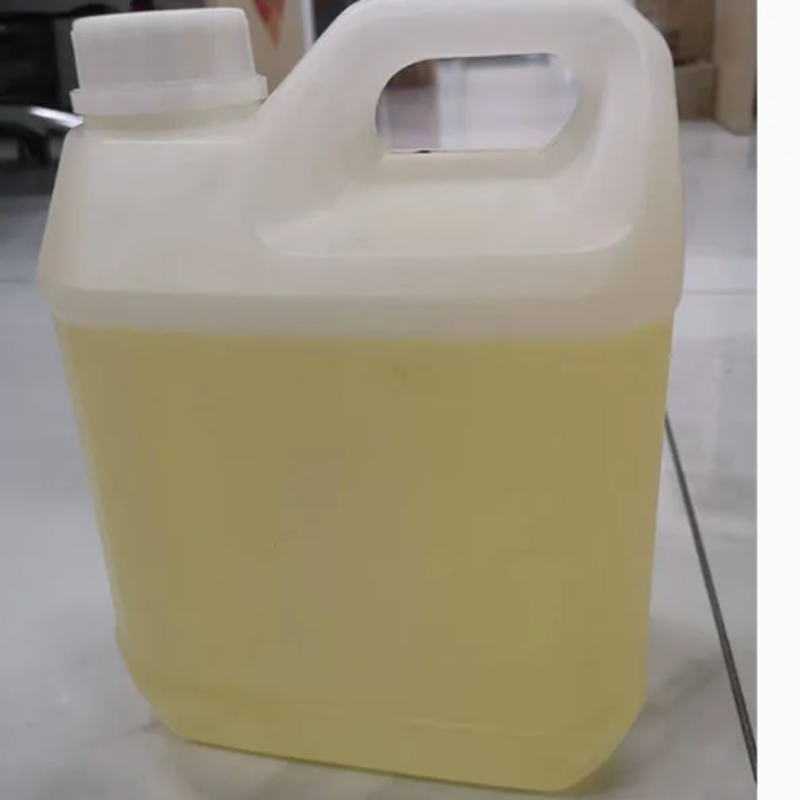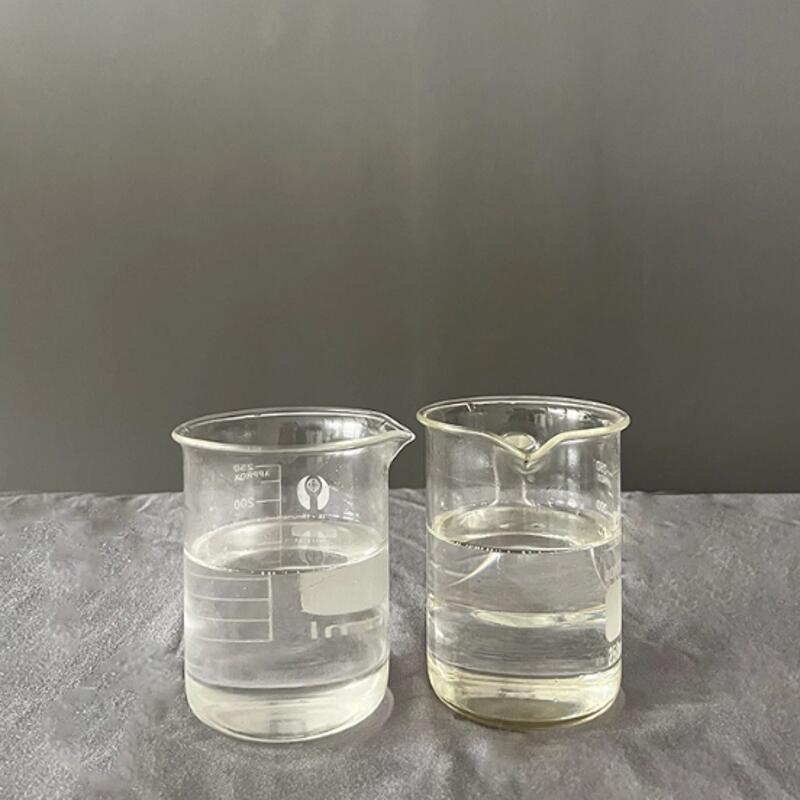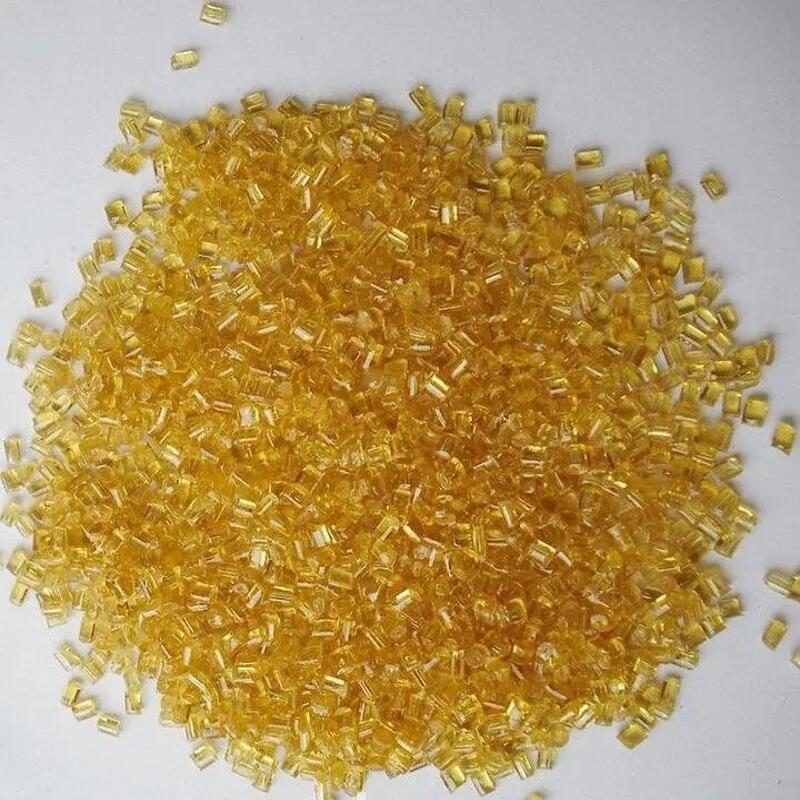-
Categories
-
Pharmaceutical Intermediates
-
Active Pharmaceutical Ingredients
-
Food Additives
- Industrial Coatings
- Agrochemicals
- Dyes and Pigments
- Surfactant
- Flavors and Fragrances
- Chemical Reagents
- Catalyst and Auxiliary
- Natural Products
- Inorganic Chemistry
-
Organic Chemistry
-
Biochemical Engineering
- Analytical Chemistry
-
Cosmetic Ingredient
- Water Treatment Chemical
-
Pharmaceutical Intermediates
Promotion
ECHEMI Mall
Wholesale
Weekly Price
Exhibition
News
-
Trade Service
Plastic is the most common garbage in our daily life.
Although it is light, strong and cheap, it is a man-made material widely used by human beings.
huge hazard
.
Plastic is the most common garbage in our daily life.
Although it is light, strong and cheap, it is a man-made material widely used by human beings.
huge hazard
.
The non-degradability of plastics allows its waste to exist for a long time
.
As an "after the fact" method, garbage sorting only helps to solve the problem of where plastics go, and does not solve the fundamental problem from the source
.
In recent years, the design of high-performance structural materials with simultaneously mutually exclusive properties such as strength and toughness, especially those based on nanostructures, has attracted increasing interest among researchers
.
During the long evolution of most plants on Earth, cellulose-based materials have been used as their own structural support materials
.
Although various efforts have been made to extend these nanoscale properties of CNFs to the macroscopic level, so far only macroscopic fibers and films can be prepared by different strategies
.
Materials have been the basis of social development since the dawn of humankind
.
Figure | Preparation process and structural analysis of CNFP
.
A.
Production of CNF hydrogel by biosynthesis; B.
Hydrogel and its 3D nanofiber network structure; C.
CNFP preparation by compressing multilayer CNF hydrogel at 80°C; D.
Schematic diagram of CNFP sample; E .
Multilayer structure of CNFP; F.
Nanofiber network of CNFP single-layer structure; G.
Cellulose molecular chains in CNFP tightly bound by hydrogen bonds; H.
CNFP sample; I.
Processed part
.
(Source: Science Advances)
Figure | The thermal expansion coefficient, specific strength and specific impact toughness of CNFP and polymers, metals and ceramics are compared.
CNFP is better than polymers, metals and ceramics
.
A.
Coefficient of thermal expansion and specific strength graph; B.
Coefficient of thermal expansion and specific impact toughness graph
.
(Source: Science Advances)
Unlike plastic or other polymer-based materials, CNFP has excellent resistance to extreme temperatures and thermal shock
.
From -120°C to 150°C, the thermal expansion coefficient of CNFP is lower than 5 ppm/K, which is close to ceramic materials and much lower than typical polymers and metals
.
Furthermore, CNFP retained its strength after 10 consecutive rapid thermal shocks between exposure to 120°C and liquid nitrogen at -196°C
.
The results show that the material has good heat-resistant dimensional stability and has great potential as a structural material under extreme temperatures and alternating hot and cold conditions
.
Not only does CNFP have excellent properties, but due to its wide availability of raw materials and bio-assisted synthesis process, its cost is also very low, at only $0.
50 per kilogram, which is lower than most plastics
.
All of these properties of CNFP surpass traditional metals, ceramics and polymers due to low density, outstanding strength and toughness, and good thermal dimensional stability, making CNFP a high-performance and eco-friendly alternative for engineering needs, which will be used in lightweighting applications.
Impact protection and buffer materials, space materials, precision instrument structural parts and other application fields have broad application prospects, especially in the aerospace field
.
The paper points out that CNFP not only has the ability to replace plastics and save us from the crisis of being "inundated" by plastics, but also has great potential as the next generation of sustainable, lightweight structural materials
.
Based on this bio-based and biodegradable material, the construction of sustainable and high-performance structural materials will greatly accelerate the replacement of plastics
.
Perhaps one day in the future, the "white pollution" problem will disappear completely
.







